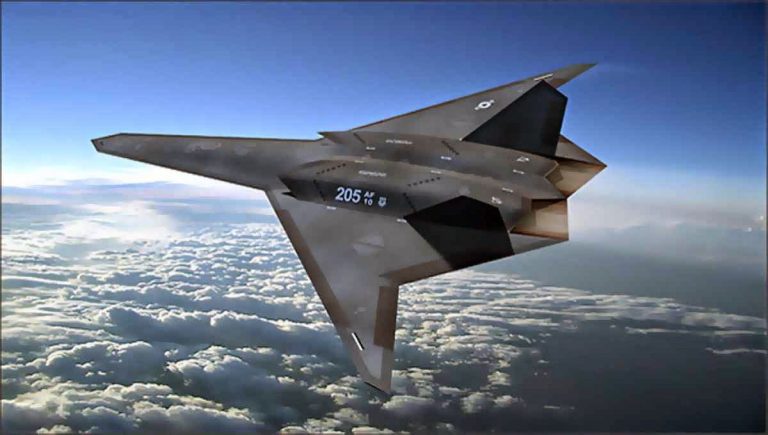London, CNN — China has announced a significant innovation poised to revolutionize aviation technology: a “shark skin” structure within a turbofan engine. This development, inspired by shark skin, aims to reduce drag and enhance engine efficiency, potentially placing China at the forefront of next-generation engine development.
Key Innovations
- Shark Skin Structure: Crafted from high-strength titanium alloy using precision 3D printing, this structure can reduce drag by up to 10%, according to the South China Morning Post (SCMP).
- Intermediate Casing: The critical component of the engine, the intermediate casing, features bionic grooves only 15 to 35 micrometers deep. This component, over a meter in diameter, connects various engine parts and transmits thrust to the aircraft fuselage.
- Advanced 3D Printing: Traditionally, manufacturing such a precise, large hard alloy component was challenging. However, researchers have overcome this with advanced 3D printing techniques and commercial software.
Benefits and Performance
- Weight Reduction: Laboratory tests show that the new prototype meets stringent mechanical requirements and is 25% lighter than traditional castings without losing structural integrity.
- Strength and Durability: Despite being only 3mm thick at its thinnest point, the casing can withstand loads exceeding 10 tonnes.
Future Implications
This breakthrough could lead to lighter, more efficient engine designs. Researchers envision future engines with hollow fan blades incorporating advanced internal skeletons and lattice structures, significantly enhancing impact resistance.
Military and Strategic Impact
China’s innovation could help it catch up with, and potentially surpass, the United States and its allies in modern engine development, a field where China has historically lagged. Chinese military aircraft have relied heavily on Russian jet engines, which often had reliability issues.
- Domestic Production: China has started equipping its J-20 stealth fighter jets with domestically produced WS-15 “Emei” engines. This marks a significant achievement in China’s efforts to reduce dependency on foreign technology.
- US Response: John R. Sneden, propulsion director for the US Air Force’s Life Cycle Management Centre, has acknowledged China’s significant investments in propulsion technologies and warned that the US is losing its lead in this area.
Technological and Environmental Context
While Beijing’s technological prowess in engine development may not yet match the US, Chinese media claim that the shark skin tech could make China competitive. Next-generation engines require reduced fuel consumption for increased thrust, posing numerous challenges.
- US Air Force Strategy: The US Air Force recently decided to abandon the Adaptive Engine Transition Program (AETP) in favor of upgrading existing engines, highlighting the difficulties in developing new propulsion systems.
- Global Innovations: Similar innovations are being explored globally. For instance, Lufthansa Group’s Boeing 747-400 uses AeroSHARK, a film-like coating designed to reduce friction and improve fuel efficiency, reflecting the airline industry’s commitment to sustainability.
Conclusion
China’s latest breakthrough in shark skin technology represents a significant advancement in aviation. With continued investment and innovation, Beijing is well-positioned to challenge the dominance of traditional aerospace leaders like the USA. This technology holds promise for more efficient and environmentally friendly engine designs, marking a pivotal moment in the future of aviation.



